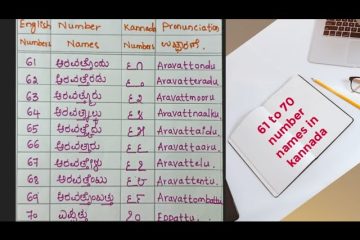Understanding the Significance of the Malayalam Language

Introduction
Malayalam, one of the 22 scheduled languages of India, is the official language of the state of Kerala and the Union Territory of Lakshadweep. This Dravidian language is spoken by around 38 million people globally, making it a unique linguistic identity in the Indian subcontinent. Given its rich heritage and cultural significance, Malayalam has become an essential aspect of the social fabric of Kerala, influencing literature, arts, cinema, and education.
Historical Background
The origins of Malayalam can be traced back to the 9th century AD, emerging from the ancient Tamil language. Over the centuries, it has absorbed influences from Sanskrit, Tamil, and various foreign languages due to historical trade and cultural interactions. The earliest known literary work in Malayalam, ‘Ramacharitam,’ dates back to the 12th century. However, it gained prominence through the 19th and 20th centuries with the rise of a vibrant literary scene.
Literature and Arts
Malayalam literature boasts a rich spectrum of poetry, novels, and short stories that reflect the ethos and cultural experiences of the people. Notable figures like Vaikom Muhammad Basheer, Kamala Das, and O. V. Vijayan have significantly contributed to Malayalam literature, earning national and international recognition. Furthermore, Malayalam cinema, known for its realism and innovation, has been pivotal in shaping social narratives, with directors like Adoor Gopalakrishnan and screenplay writers like M.T. Vasudevan Nair having made significant contributions.
Contemporary Relevance
In the modern context, Malayalam is not just a medium of communication but a means of preserving culture and tradition. With the advent of digital media, Malayalam content is experiencing a resurgence, particularly among younger generations. Online platforms are proliferating with Malayalam music, films, and literature, fostering a global audience. Additionally, the Government of Kerala actively promotes Malayalam through educational initiatives and cultural programs, ensuring its continued relevance in a rapidly changing world.
Conclusion
Malayalam’s significance extends beyond a mere language; it embodies the history, culture, and identity of millions. As globalization intensifies, the preservation of native languages becomes critical. The efforts to promote Malayalam in various domains highlight its resilience and adaptability. For speakers and learners, understanding Malayalam opens doors to rich literary treasures and cultural experiences, reaffirming its place in the broader narrative of India’s linguistic diversity.









